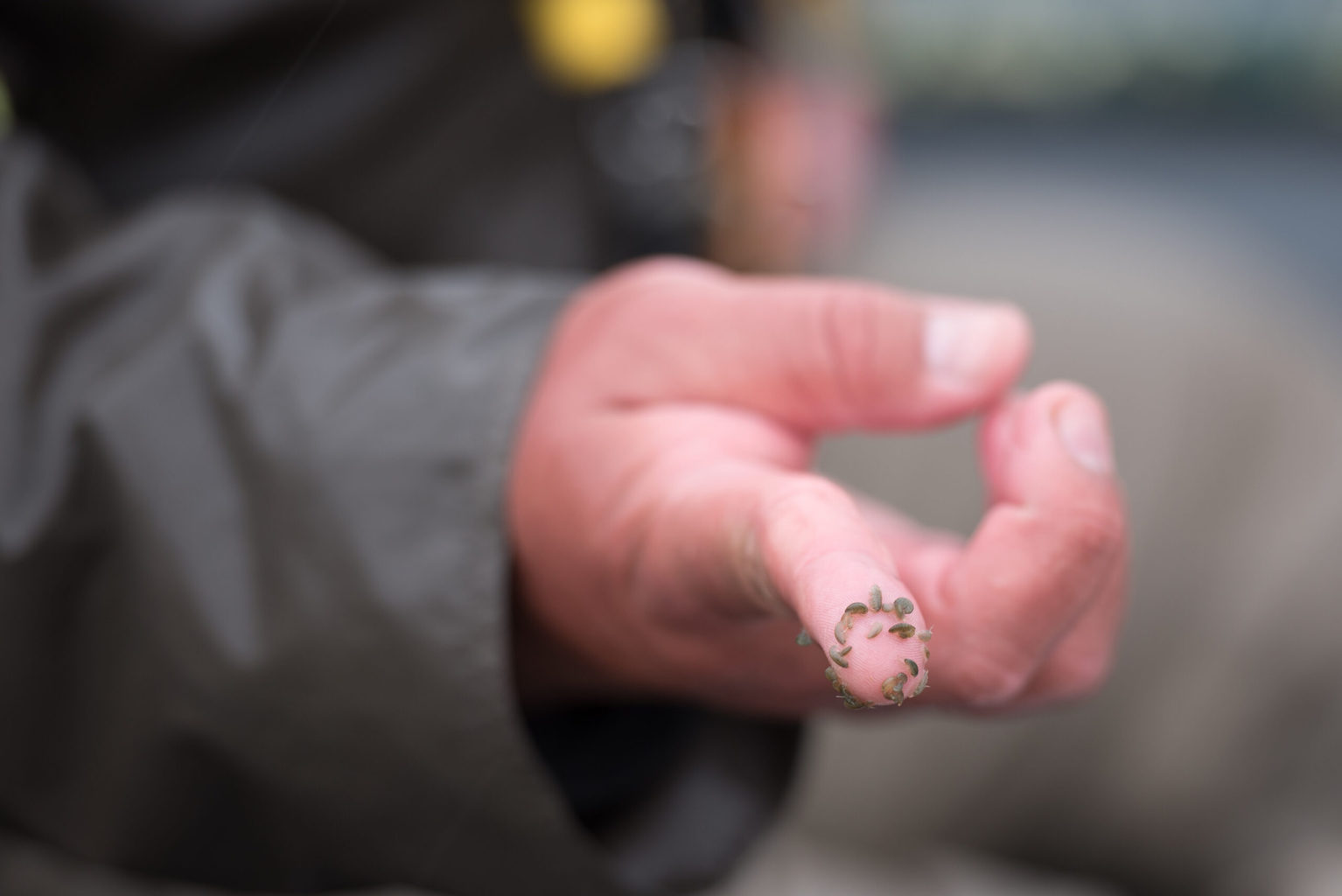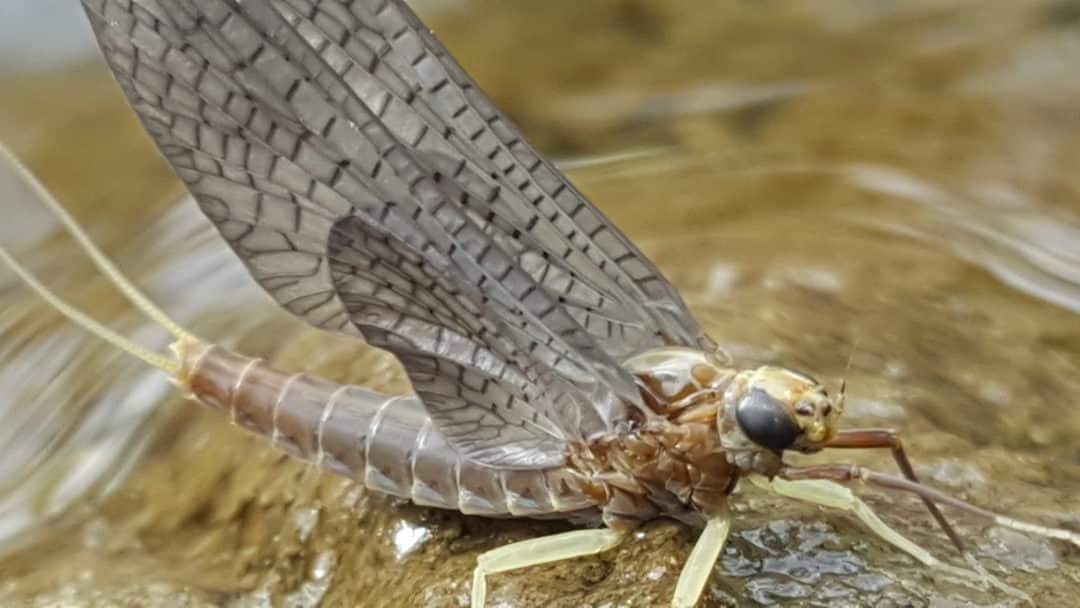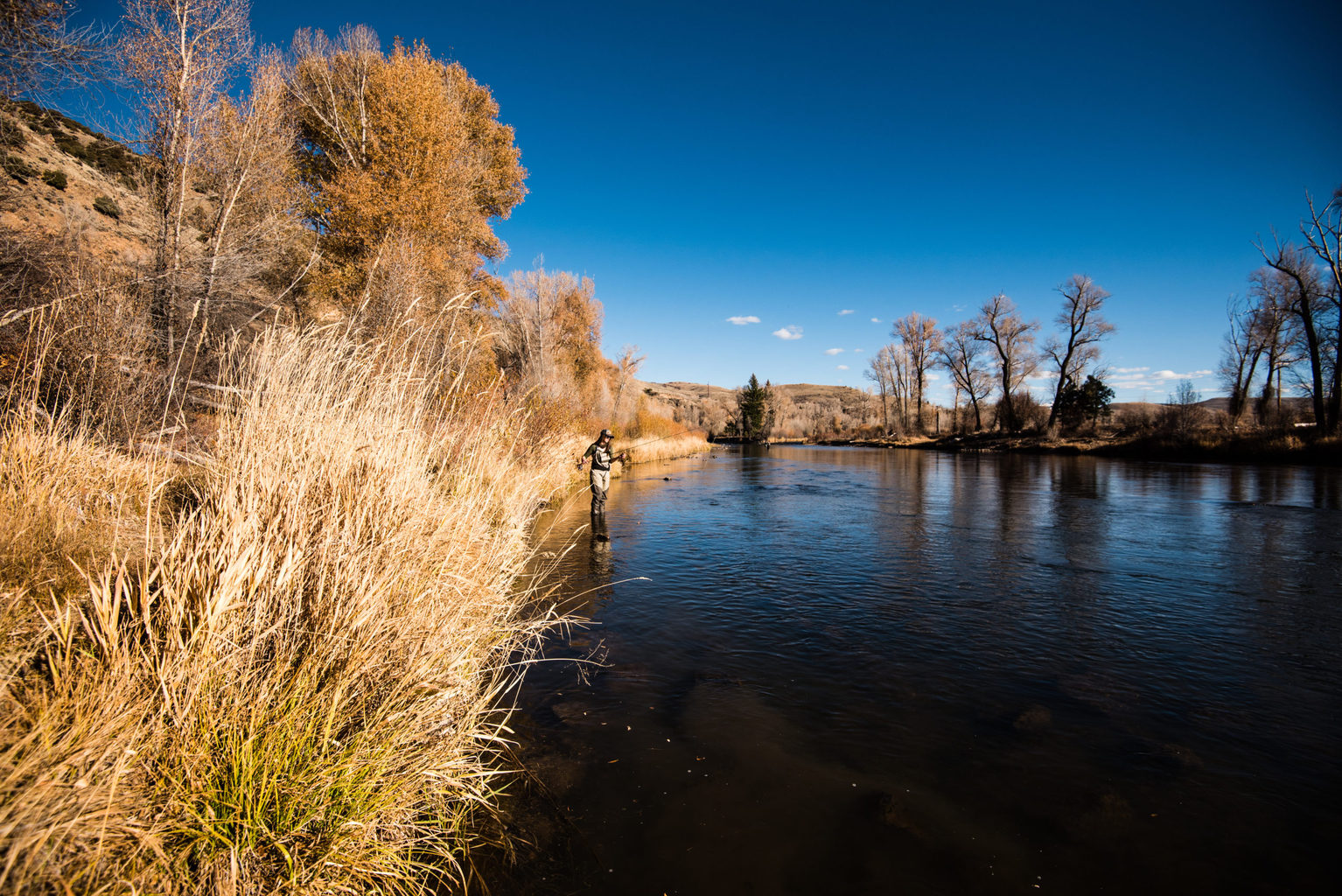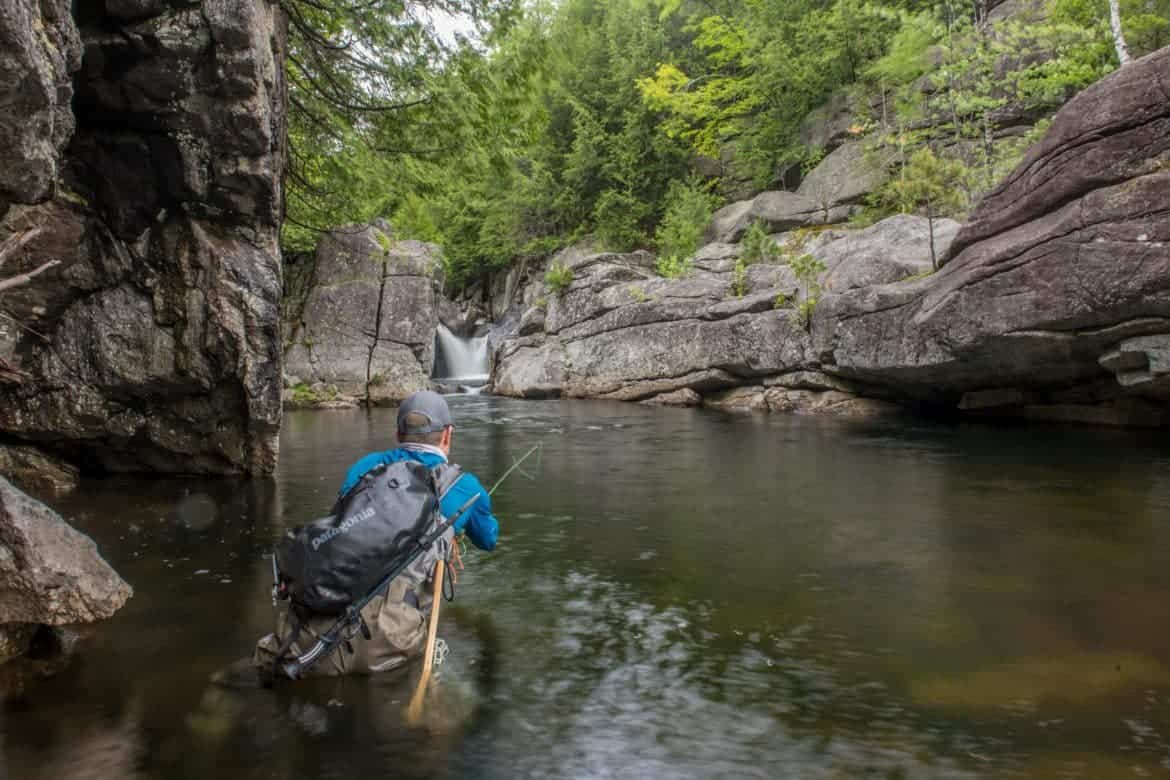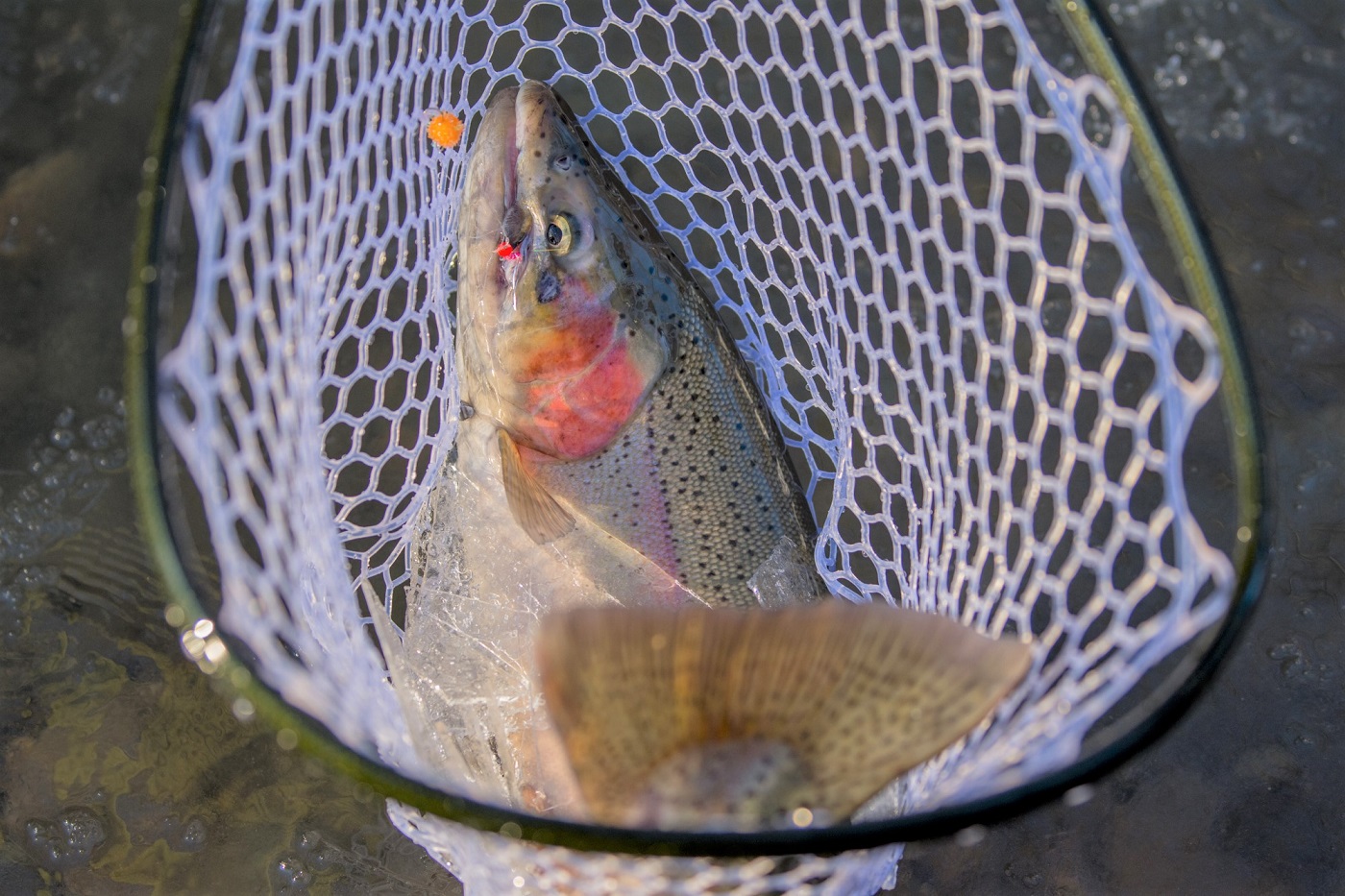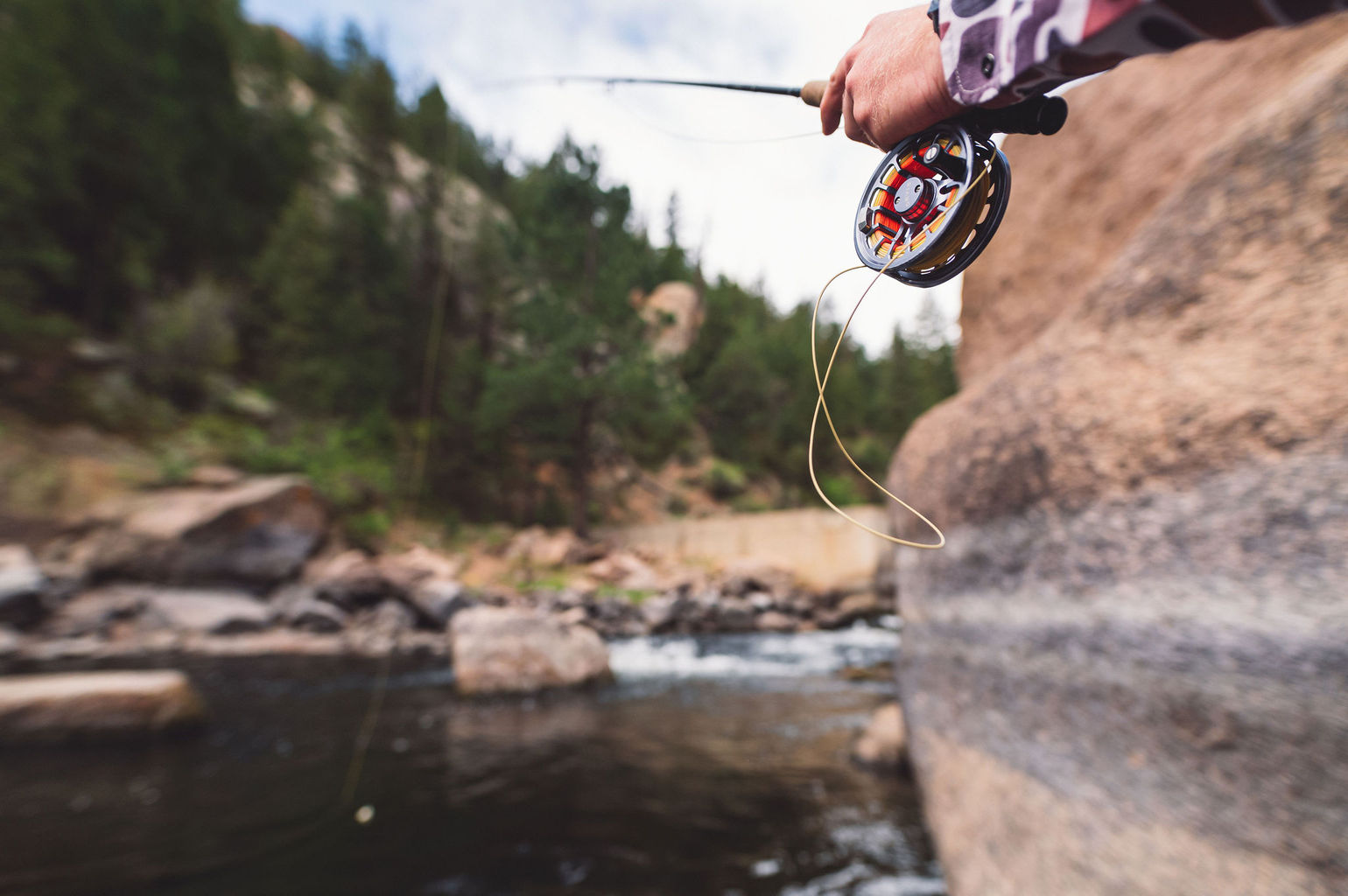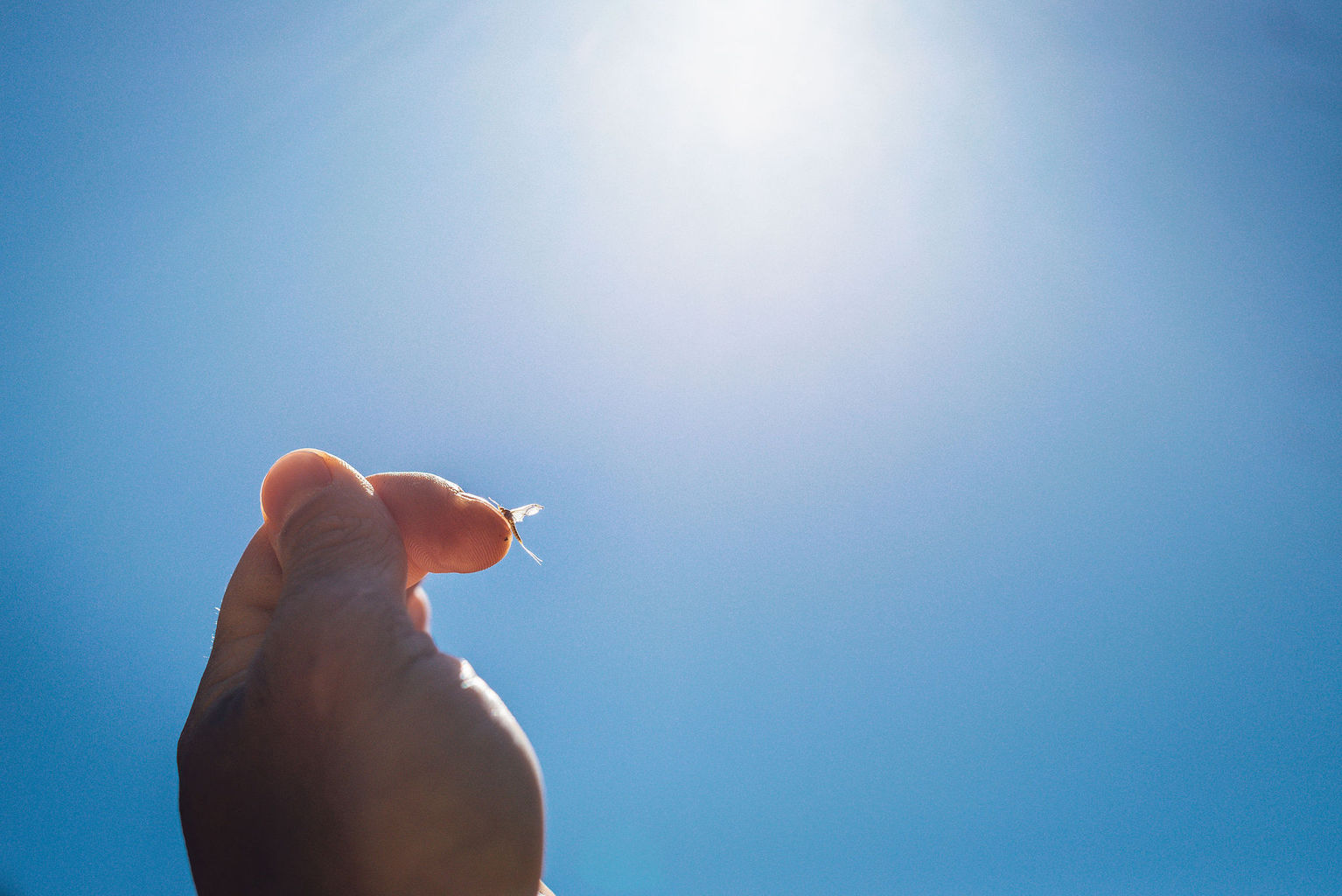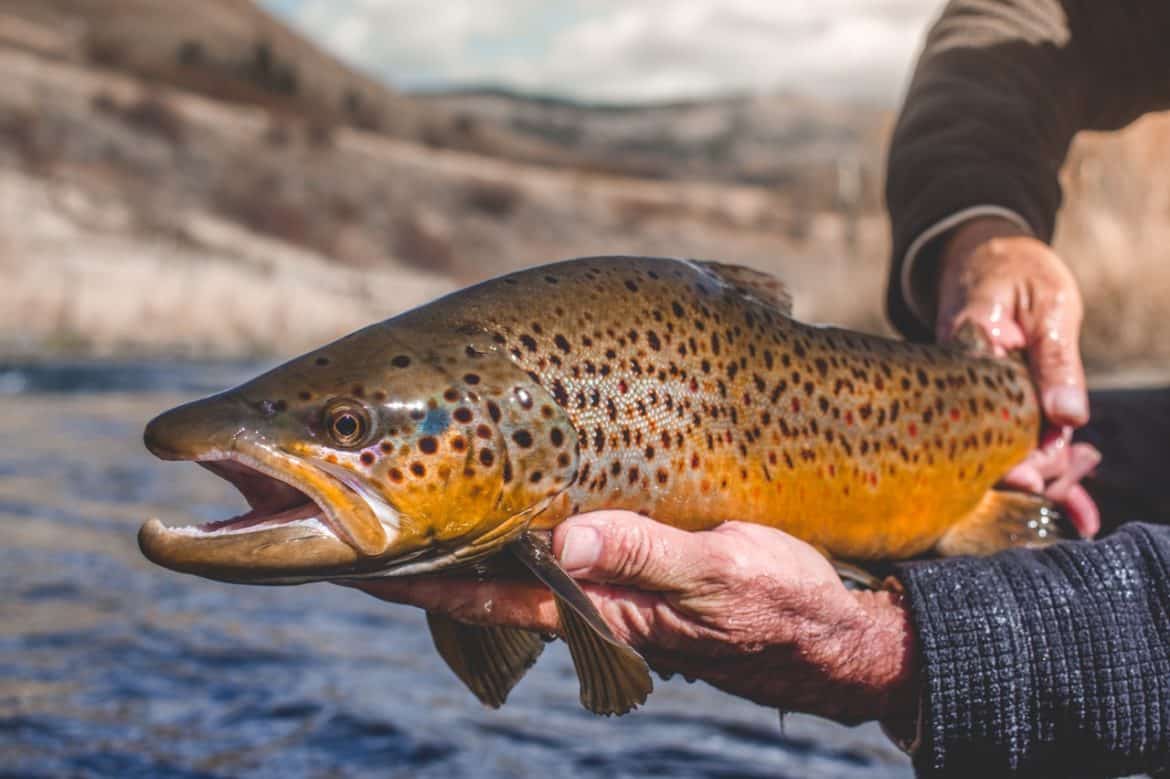Fly Fishing Scuds And Sowbugs For Trout
Fly Fishing is a complex sport. There are times of the year when an angler may go to the water anticipating catching fish in a particular way and it just doesn’t happen. This can be especially true during the colder fall, winter, and early spring months. As anglers, we focus on the most sexy aspects of the sport, epic hatches, intricate flies, and dry fly fishing. There is much more happening below the surface of the water. Often overlooked, we fail to maximize our chance of catching fish.
Scuds, sowbugs, and freshwater shrimp are often missed opportunities for fly fishermen when considering food sources that are present in a particular body of water. Freshwater crustaceans make up a significant portion of food sources in lakes and tailwater fisheries. Found in many different rivers and lakes across the United States, scuds play a major role in a trout’s forage. Scuds and Sowbugs are great year-round baits. We will break down what scuds, sowbugs, and mysis shrimp are, how to fish them, and everything else a fly fisherman should know to take advantage of this food source when fly fishing for trout. These are the basics of these flies and the best ways to fish scuds or sowbugs.
Table Of Contents
What Are Scuds And Sowbugs In Fly Fishing?
Scuds are small crustaceans and freshwater shrimp, and they are present in the water year-round. They molt multiple times a year and are a big source of protein for trout. Scuds and sow bugs are small. They typically range in sizes from 5mm to 30mm in length. A large scud would be an inch long (.25 inches to .1″ inches). Lacking a fin or tail, they are not particularly great swimmers. Often able to move short distances, they swim in a rather strange way. Flicking their bodies they move in an upside and sideways motion. This makes scuds and sow bugs easy targets for feeding trout. Present year-round in a trout’s environment, trout will be continuously keyed into them. Especially in the winter months when forage is limited to midges.
So, when the bite on other nymphs is non-existent and the fish are turning their noses up at streamers, turn to a scud. They also produce very well on still bodies of water like lakes, or ponds. Scuds also help an angler who may not have experience in that body of water catch fish efficiently without needing to drill down on matching the hatch nearly as much. The bottom line is in the cold months you will find my line loaded with a scud when venturing to new water, and my box with a lot of Scud Flies when fishing any stretch of river.
Fly Fishing Made Easy 👍
Our Quarterly Fly Club ships 1,000’s of flies to anglers all across the United States. Receive curated fly assortments selected for the season with in-depth articles on how to fish them. Great for beginners to learn and for intermediates to discover new flies.
The Differences Between Scuds And Sowbugs
Although they are very similar, there are some differences in appearance between a scud and sowbug. Sowbugs are very similar in appearance to rolly pollys. Sowbugs are less like shrimp and more like a doodlebug. The grey-looking insects that are found in your backyard living under rocks. Sowbugs have a segmented body which has a flatter profile. Their color is generally gray or tan with translucent edges.
Scuds also possess a segmented body, but they more closely resemble a shrimp with a vertical profile. A scud will usually have a larger variation in color pattern depending on what both of water you are fishing. A scud’s color combinations are many: light tan, light olive, smoky olive, gray, translucent, pink, and even orange. Many scud fly patterns will be tied with thin skin in natural colors, but you will also seem tied with orange dots, or a hot spot bead
Turn over just about any rock looking for stonefly or mayfly nymphs and you likely find Sowbugs. They are again present year-round, constantly floating up and down the water column. These are another great pattern to swing past trout species during all times of year, but they really shine during the colder times.
Scud And Sowbug Lifecycle
Their life cycle is unlike any other aquatic insect in the river. It is more akin to a crawfish’s lifecycle. Scuds start out as eggs and hatch, they then live on the underside of the adult female scud. Newly hatched juvenile scuds look like very small adult versions. Similar to crayfish, molting occurs multiple times throughout the life cycle of a scud. Each molting results in increased body growth resulting in a larger crustacean.
Sowbugs go through an incomplete metamorphosis: egg, nymph, and finally adult. For fly fishing, we are focused only on the adult stages
Sowbugs and scud’s diets are made up of just about anything they can find to eat that is organic. Tailwater fisheries like the Bighorn River in Montana or the Missouri River that have large amounts of grass are ideal habitats for both scuds and sowbugs. Their diet will largely dictate where they are found in streams and tailwaters.
Where Do You Find Scuds?
Scuds are generally found in the deeper parts of the water column. On many lakes and rivers, weed beds will be full of scuds and sowbugs.
Grass beds offer both safety and a food source for these small crustaceans. In Western tailwaters, sampling grassy beds is an excellent way to figure out both the size and color combinations of naturals in the water system. Weed beds are a favorite habitat for scuds, trout will oftentimes be grouped up around these areas in search of scuds that are pushed into the current.
On rivers such as the White River in Arkansas, the river is characterized by fewer weeds and more rocks. Scuds and sowbugs will occupy the underside of rock substrate when there is a lack of grass beds or organic matter to hide in. High water generated from dam releases will often push scuds and sowbugs into trout feeding lanes. This sudden change in food and the trout’s environment will often cause a feeding frenzy. Understanding when these releases will happen gives the fly angler an opportunity to predict when trout will be most active.
Do Trout Eat Scuds?
Unlike other aquatic insects that are not present year round. Scuds and sow bugs are always in the river system. This makes them very important to both trout and fly fishermen. Being poor swimmers, higher water and dam releases will sweep these crustaceans into feeding lanes at a high rate. This is a prime time to be on the water.
How Do You Fish A Scud Pattern?
If you’re successful at fishing nymphs that’s great news, you’ll probably be successful at fishing Scuds and Sowbugs as well. The ways to fish them are the same as nymphing, most folks will run an indicator and split shot. These flies can be drifted through feeding or resting lies and cover watching for movement in the indicator’s float. Generally, both of these patterns excel in deeper water probing shelves, and other changes in bottom features. Anglers should adjust weight and indicator placement to try and get these flies on or very near the bottom. Very often anglers choose to run these as a two-fly set up with a dropper line running below the indicator and another bigger fly on the end or bottom of the line.
Another way to run these flies is on a sinking line. This is great for truly finicky fish because the drift will be more natural. When running sinking lines a more natural strip can be imparted as well as a hand twist retrieve. A bit of small movement goes a long way. These aren’t big creatures so the movements are very small and very subtle, strip a few inches at a time.
Techniques On Fly Fishing Scuds And Sowbugs
When fishing a scud or sowbug fly pattern, it is important to remember where they live in the water column. Scuds are terrible swimmers and they are often found close to the bottom of the river. Unlike other aquatic insect lifecycles, fishing a scud or sowbug pattern is pretty straight forward. We can forget about fishing dry flies and emerger pattern flies. When fishing a scud, fish them deep. Also, scuds are typically more active in the morning and evening. This is an excellent opportunity to continue to catch fish before and long after the hatch is over.
Your standard fly fishing scud setup is going to be done with your favorite nymph fishing rod. Using a weight forward floating line, fly fishermen could fish scuds with or without a strike indicator. Typically, when fishing a scud or sowbug pattern, use a 7.5-foot tapered leader. Scud patterns are smaller flies, so adding tippet in the 4-5x range is ideal for a presentation that mimics a naturally swimming scud.
Fishing a two-fly setup is always a smart tactic when nymphing your favorite scud patterns. A two fly nymph rig lets you cover multiple hatches. Whether you us a famous scud pattern, like a Ray Charles or a simple scud pattern for your first fly, you can use your second fly to cover a blue wing olive, midge, or even PMD hatch. Adding an attractor pattern like a rainbow warrior is also a wise tactical option when prospecting for trout prior to the development of a hatch.
Use the scud pattern as your point fly, or first fly. Add 18″-24″ of tippet to the bend of the hook of the first fly, or through the eye of the first fly. Then add your second fly to the end of the tippet that you added to the first fly. Midge larva and scuds often drift near the substrate of the river, low in the water column. This makes fishing a midge pattern in conjunction with a scud fly a solid tandem fishing rig. Both of these forage items are present at all times in the river system.
Fish Scuds Deep
Since scuds are usually deep in the river, we want our flies fished deep as well. Placing the split shot in the appropriate location is an important part of presenting the fly well. When fishing a mono leader, it is always a good idea to add a fluorocarbon tippet to your leader. Fluorocarbon does not reflect light, so it is virtually invisible underwater. This gives you an advantage over other anglers who only use mono. In addition, it creates a knot in the leader that allows you to place split shot above it. This knot keeps the split shot from slipping down the leader when making a cast.
Unlike other nymph fishing rigs that call for the split shot to be placed 18″-24″ above the fly, we want to place the weight only 8″ above your point fly. Placing the weight closer to the first fly is important because we want both flies drifting close to the bottom of the river. This simulates a scud that has been knocked loose from rocks or grass beds and is drifting low in the water column. Bouncing over the rocks and giving fish a high-calorie meal.
Mysis Shrimp Versus Scuds and Sowbugs
If you fish tailwater fisheries in the American West, then it is likely that you have heard of mysis shrimp. Even though scuds and sowbugs look very similar to shrimp, mysis shrimp, and sow bugs are not the same thing.
Mysis shrimp are called opossum shrimp. These small shrimp are found in lakes. They are called opossum shrimp, because, like an opossum, they raise their young in a small pouch. They were first introduced into North America in Canada. The purpose of introducing mysis shrimp was to diversify and increase food sources for trout.
When first introduced, shrimp populations exploded and so did the fish. The result was often times giant rainbow trout. Many of these fished weighed 10-15 pounds. These made tailwater fisheries in Colorado, Idaho, and Montana famous for producing giant trout. It also turned fisheries like the Blue River, Frying Pan, Taylor River, and Yampa River into year round fisheries. Even on large rivers like the South Fork of the Snake River, shrimp play a large role in the food chain.
Mysis Shrimp Tactics
Mysis shrimp occupy the deepest coldest water in a lake. This is an important fact for fly fishermen to understand. By watching dam releases and flows, fishermen can capitalize on the presence of shrimp in the water column.
Living mysis shrimp are forced into the river system when flood gates are opened. Similar to shad being through dams that release water from the top of the dam, mysis shrimp are sucked into feeding lanes when dams that release water from the bottom of the reservoir open their release gates. Mysis shrimp suspended near the bottom of the lake are sucked through the dam intake.
Trout key in on these feeding opportunities. Mysis shrimp are extremely high in calories. This is a rare treat for tout. While most tailwater streams lack food other than midges in the winter, rivers with mysis shrimp offer high calorie forage year round.
Dam releases can often create a tout feeding frenzy. This is your opportunity as a fly angler to maximize your time on the water and catch more trout. The USGS has a very well developed river flow app that can be downloaded on a smartphone. By watching the river flows, fly fishermen can make well planned strategic trips to your favorite fly fishing stream. This is a huge advantage. If anglers could always predict when and where hatches were going to happen, then catching fish would be much easier. This is one of the few times that fly fishermen are able to accurately predict where and when this happens.
How Do You Fish Shrimp Flies?
Fishing shrimp flies is very similar to fishing scuds and sow bugs. You want your mysis fly pattern to be fished close to the bottom of the stream. This means you want to place your split shot closer to your point fly, so the flies bounce along the bottom of the stream.
While both scuds, sowbugs, and shrimp fly patterns are usually tied on a standard emerger hook, and both patterns will utilize thin skin and ultra wire, there are variations in shrimp patterns that set them apart from a scud. Shrimp patterns can also be tied on a standard emerger hook, but you will commonly see them tied on a hook with a straight shank.
In addition, it is not uncommon to see a scud pattern with an orange hot bead hot spot. Hot bead hot spots are not commonly utilized in shrimp patterns. Shrimp patterns are almost always tied in white or translucent material with a bluish flash. Furthermore, scuds are tied in different color combinations, orange, light olive, smoky olive, and grey are found in scud fly colors which also sets a scud fly apart from mysis fly patterns.
What Are The Best Scud, Sow Bug, And Shrimp Flies
A few things to remember, size may matter more than color in these patterns. Scuds are constantly molting, six to seven times a year, so this can be the matching that has to happen to optimize the fly. Where color tends to come into play is on the Sowbug side, colors may greatly vary by the body of water or time of year.

Beaded Scud
Is a common scud pattern that utilizes scud dubbing in wide range of color combinations. It is wise to carry an assortment of simple scud patterns in various colors like grey, smoky olive, and white is always a good idea to have in your fly box. This pattern uses scud dubbing and thin skin with ultra wire to create durable and effective pattern for fly fishing scuds.

Ray Charles
I was first introduced to the Ray Charles Fly on trip to Montana’s Big Horn River. It is an effective fly when fly fishing scuds. The Ray Charles is an excellent imitation of a sow bug. If you live and fish in Montana, then this is a fly pattern that you don’t want to leave home without. Supposedly, it works so well, that even a blind man could catch fish on it.

Mysis Shrimp
Tied on a straight shank hook, this shrimp fly shimmers in the water and has the correct profile of tailwater shrimp
These are year-round, everywhere producers. No fly box is complete without Scuds and Sowbugs and no skunks should be accepted without giving these a few drifts before the end of the day. Everyone likes some good old-fashioned seafood.
Fly Fishing Made Easy 👍
Our Quarterly Fly Club ships 1,000’s of flies to anglers all across the United States. Receive curated fly assortments selected for the season with in-depth articles on how to fish them. Great for beginners to learn and for intermediates to discover new flies.

